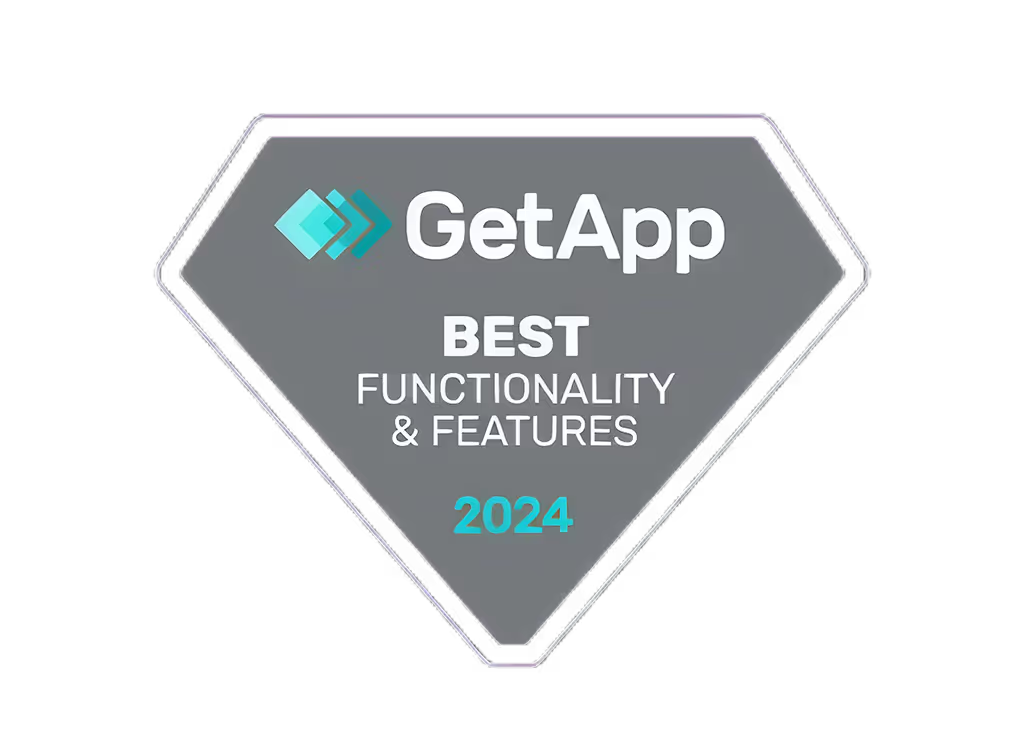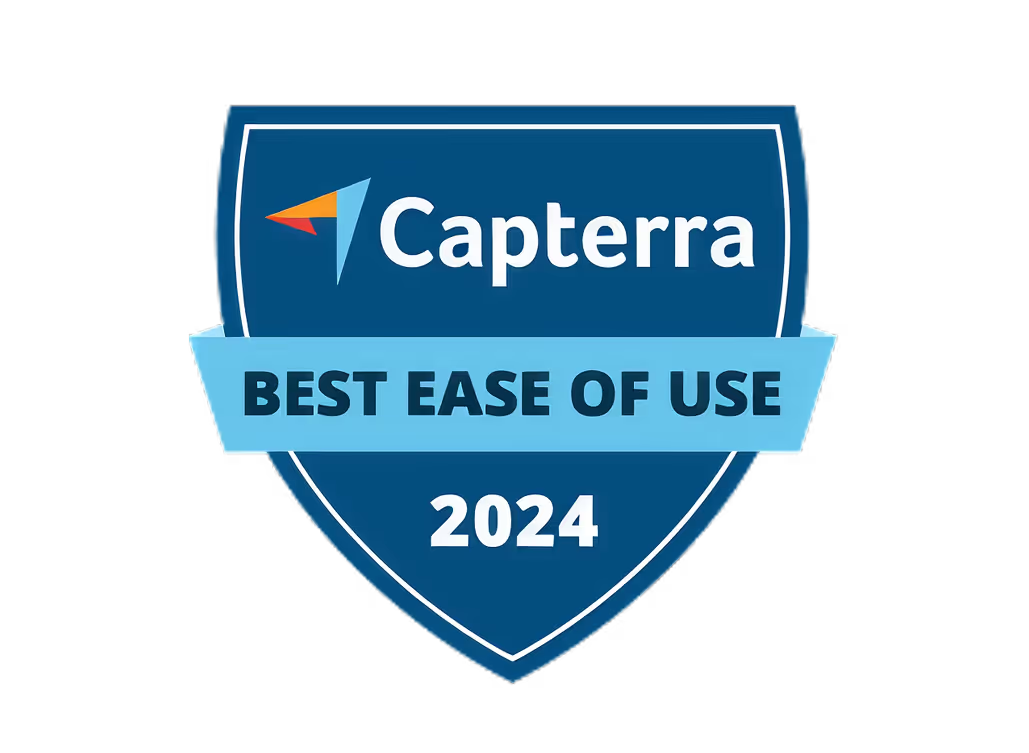Ai photo creator,AI Photo Creator: Bring Your Imagination to Life with Stunning Visuals

AI image generators allow you to create visuals from text descriptions quickly and affordably. Here's how they work and how to use them effectively:
Related video from YouTube
What Are AI Image Generators?
AI image generators use machine learning to understand the relationship between text and images. By analyzing existing images and their descriptions, the AI learns patterns to generate new visuals based on the words you provide.
For example, if you enter "a dog playing fetch in a park," the AI will create an image depicting that scene by combining elements it has learned from training data.
Benefits of AI Image Generators
- Quick idea generation for artists, designers, and marketers
- Prototyping for designers without extensive graphic skills
- Medical imaging for detailed visuals of tissues and organs
- Cost savings compared to hiring artists or designers
Getting Started
- Choose an AI image generator tool (e.g., DALL-E, Midjourney, Adobe Firefly)
- Open the tool on your computer or mobile device
- Enter a text description of the image you want to create
- Follow the tool's instructions to generate the image
- Use the editing tools (if available) to refine the image as needed
Writing Clear Prompts
To get the best results, provide a clear and detailed prompt:
- Be specific: Describe the subject, setting, colors, and other elements
- Use descriptive words: Adjectives and adverbs help paint a clearer picture
- Give context: Explain the mood or atmosphere you want
- Use references: Point to real-world images, art styles, or artists
Ethical Considerations
ConcernRecommendationCopyright InfringementObtain necessary permissions or licenses for commercial useDeception or ManipulationAvoid generating misleading or harmful imagesLack of TransparencyAcknowledge the use of AI and provide attributionOffensive or Discriminatory ContentRefrain from generating inappropriate or biased images
With AI image generators, you can bring your imagination to life through stunning visuals, all with a simple text description. Follow the guidelines for clear prompts and ethical use to get the most out of these powerful tools.
Getting Started
To begin creating visuals with AI image generators, you'll need the right tools and software. Here's what you need:
Tools and Software
- A computer or mobile device with an internet connection
- A web browser or mobile app that supports AI image generation
- An AI image generator tool or software (we'll recommend some below)
- A text editor or input field to enter your desired image description
Popular AI Image Generators
Some popular and user-friendly AI image generators include:
ToolDescriptionDALL-EA free tool that creates images from text prompts. Simple interface.MidjourneyWeb-based, with text prompts and image editing tools. Easy to use.Adobe FireflyPart of Adobe Creative Cloud. Powerful features and editing tools.
These tools are great for beginners as they are easy to use and offer features to help you create high-quality images.
Getting Started Steps
1. Choose an AI image generator tool from the options above.
2. Open the tool on your computer or mobile device.
3. Enter a text description of the image you want to create.
4. Follow the tool's instructions to generate the image.
5. Use the editing tools (if available) to refine the image as needed.
In the next section, we'll cover how to write effective text prompts to get the best results from AI image generators.
sbb-itb-606b7a1
How AI Image Generators Work
AI image generators use machine learning to create images from text descriptions. They learn from large datasets of existing images to understand patterns, shapes, colors, and textures.
The Technology
The core technology behind AI image generators is machine learning algorithms like Generative Adversarial Networks (GANs). GANs have two parts:
- Generator: Creates new images
- Discriminator: Evaluates the generated images and provides feedback
The generator learns to create better images based on the discriminator's feedback.
Types of AI Image Generators
There are different types of AI image generators:
TypeDescriptionText-to-ImageCreates images from text descriptions (e.g., DALL-E)Style TransferTransforms images into different art styles (e.g., Prisma)GANsGenerates realistic images from scratch (e.g., faces, objects)
Limitations
While powerful, AI image generators have some limitations:
- Image quality depends on the training data quality
- Struggle with complex compositions or nuanced human emotions
- Ethical concerns around potential misuse (e.g., deepfakes)
Writing Clear Prompts
Prompts are the key to getting the images you want from AI generators. A good prompt helps the AI understand exactly what you're looking for. Here are some tips for writing clear prompts:
Why Prompts Matter
The prompt you give the AI directly impacts the image it creates. A clear, detailed prompt leads to better results. A vague or confusing prompt can produce an image that misses the mark.
Guidelines for Clear Prompts
- Be specific: Provide as many details as possible about the image you want, like colors, textures, shapes, and sizes.
- Use descriptive words: Adjectives and adverbs help paint a clearer picture for the AI.
- Give context: Explain the setting, mood, or atmosphere you want the image to convey.
- Use references: Point to real-world images, art styles, or artists to help guide the AI.
Negative Prompts
Negative prompts tell the AI what you don't want in the image. This helps the AI focus on the elements you do want. For example:
PromptNegative Prompt"A dog playing fetch in a park""No frisbees, no people"
This tells the AI to create a dog playing fetch in a park, but without frisbees or people in the image.
Generating Images Step-by-Step
Choosing an AI Image Generator
ConsiderationDescriptionImage TypeConsider the type of image you want to create, such as realistic scenes, artistic renderings, or specific objects. Different AI tools may specialize in certain styles or subjects.CustomizationEvaluate the level of customization you need, such as adjusting resolution, aspect ratio, or applying specific styles. Some tools offer more advanced editing options than others.Output QualityReview sample outputs and user reviews to assess the quality of images produced by each tool. Higher quality may be necessary for professional or commercial use.
Popular AI image generators include Midjourney, DALL-E, and Stable Diffusion. Research and compare their features to find the best fit for your project.
Entering Prompts and Adjusting Settings
- Enter a Clear Prompt: Provide a detailed description of the image you want to create. Use specific words to describe the subject, setting, colors, and other elements.
- Adjust Settings: Most AI image generators allow you to customize settings like resolution, aspect ratio, and style. For example, if creating a futuristic cityscape, set the style to "cyberpunk" and adjust the resolution to 1024x768.
Generating Initial Images
After entering your prompt and adjusting settings, the AI tool will generate an initial image. This first attempt may not be perfect, but it serves as a starting point for refinement.
Refining and Improving Images
- Review the Image: Identify areas that need improvement, such as composition, lighting, or color palette.
- Adjust the Prompt: Modify the text prompt to guide the AI in the desired direction. For example, add "with dramatic lighting" or "in a warm color palette."
- Use Negative Prompts: Eliminate unwanted elements or features by adding negative prompts. For example, "no cars" to remove vehicles from the scene.
- Adjust Settings: Tweak settings like resolution, aspect ratio, or style to further refine the image.
- Use Editing Software: Some AI tools offer built-in editing capabilities. You can also use external image editing software to make final adjustments.
- Iterate: Repeat the refinement process until you achieve the desired outcome.
Editing and Enhancing Images
After generating images with AI tools, you may need to edit or enhance them to achieve the desired quality and appearance. Here are some ways to improve AI-generated visuals:
Refining the Image
- Adjust the Prompt: Modify the text description to guide the AI in creating a better image. Add more details, change the tone or style, or use negative prompts to remove unwanted elements.
- Try Different AI Tools: Experiment with various AI image generators to find the one that produces the best results for your needs.
Post-Processing Techniques
- Adjust Brightness, Contrast, and Colors: Use image editing software to improve the image's brightness, contrast, and color palette.
- Apply Filters or Effects: Add filters or effects to achieve a specific look or style.
- Remove Imperfections: Edit the image to remove noise, artifacts, distortions, or other flaws.
- Add Elements: Enhance the image's realism or appeal by adding additional elements.
Recommended Editing Software
SoftwareDescriptionAdobe PhotoshopPowerful image editing with a wide range of tools and techniques.Topaz LabsSuite of tools for noise reduction, detail enhancement, and color grading.CanvaUser-friendly platform with templates, filters, and effects.
Upscaling and Color Adjustments
- Upscaling: Use tools like Gigapixel or Let's Enhance to increase the image resolution while preserving details and clarity.
- Color Grading: Adjust the color palette or tone using software like Adobe Lightroom or Capture One.
Ethical Considerations
When using AI image generators, it's important to think about the ethical issues involved. As AI-generated content becomes more common, we need to address potential concerns and ensure responsible use.
Copyright and Usage Rights
One major concern with AI-generated images is copyright and usage rights. AI image generators are trained on large datasets of existing images, so there's a risk of infringing on copyrights. AI-generated images may not be entirely original and could contain elements from copyrighted works. Before using AI-generated images for commercial purposes, it's crucial to obtain necessary permissions or licenses.
Additionally, be aware of the terms and conditions of AI image generator tools, as some may have restrictions on usage or require attribution. Respect the intellectual property rights of original creators and follow copyright laws.
Responsible Use
Using AI image generators responsibly is critical. Avoid generating images that could be harmful, offensive, or discriminatory. AI image generators can create realistic images that may be used to deceive or manipulate others, which is unethical and potentially harmful.
Furthermore, be transparent about using AI-generated images and don't present them as entirely original works. Acknowledge the role of AI in generating the image and provide appropriate attribution.
Ethical ConcernRecommendationCopyright InfringementObtain necessary permissions or licenses for commercial use.Deception or ManipulationAvoid generating misleading or harmful images.Lack of TransparencyAcknowledge the use of AI and provide attribution.Offensive or Discriminatory ContentRefrain from generating inappropriate or biased images.
Final Thoughts
AI image generators have transformed digital art, offering a powerful tool to bring ideas to life visually. These tools enable artists, designers, and marketers to create high-quality images with ease. By understanding how they work, writing clear prompts, and refining images, you can unlock their full potential.
AI image generators streamline the creative process and allow for complex visuals. Experimenting with their capabilities can take your digital art to new levels.
However, it's crucial to use these tools responsibly. Respect copyright laws and avoid generating harmful or offensive content. By doing so, we can ensure these tools continue to inspire and empower creatives worldwide.
So, dive into the world of AI image generators and discover their endless possibilities. Share your AI-generated images and experiences with the community, and let's push the boundaries of digital art together!
Responsible Use
ConcernRecommendationCopyright InfringementObtain necessary permissions or licenses for commercial use.Deception or ManipulationAvoid generating misleading or harmful images.Lack of TransparencyAcknowledge the use of AI and provide attribution.Offensive or Discriminatory ContentRefrain from generating inappropriate or biased images.
Benefits of AI Image Generators
- Quick idea generation for artists, designers, and marketers
- Prototyping for designers without extensive graphic skills
- Medical imaging for detailed visuals of tissues and organs
- Cost savings compared to hiring artists or designers
How AI Image Generators Work
AI image generators use machine learning to understand the relationship between text and images. By analyzing existing images and their descriptions, the AI learns patterns and can generate new visuals based on the words you provide.
For example, if you enter "a dog playing fetch in a park," the AI will create an image depicting that scene by combining elements it has learned from training data.
FAQs
How can I get the best results from an AI Image Generator?
To get great results from an AI image generator, you need to provide a clear and detailed prompt. Describe exactly what you want in the image, including:
- The subject or main elements
- The style or mood (e.g., realistic, artistic, futuristic)
- Colors and lighting
- Background or setting
For example, if you want a futuristic cityscape, try a prompt like:
"A futuristic city skyline at dusk with sleek skyscrapers, neon lights, and flying cars against an orange sky."
The more specific details you include, the better the AI can understand your vision.
You can also:
- Experiment with different prompts
- Adjust settings like resolution or aspect ratio
- Use negative prompts to exclude unwanted elements
Tips for Writing Clear Prompts
TipExampleBe specific"A dog playing fetch in a park" instead of "A dog"Use descriptive words"Fluffy golden retriever" instead of "Dog"Give context"A dog playing fetch on a sunny day in a grassy park"Use references"In the style of Van Gogh's Starry Night"
With practice, you'll learn how to craft prompts that guide the AI to generate the images you envision.

















